The Article
DF Damping Isolation Feet From Soundeck
24th July 2020
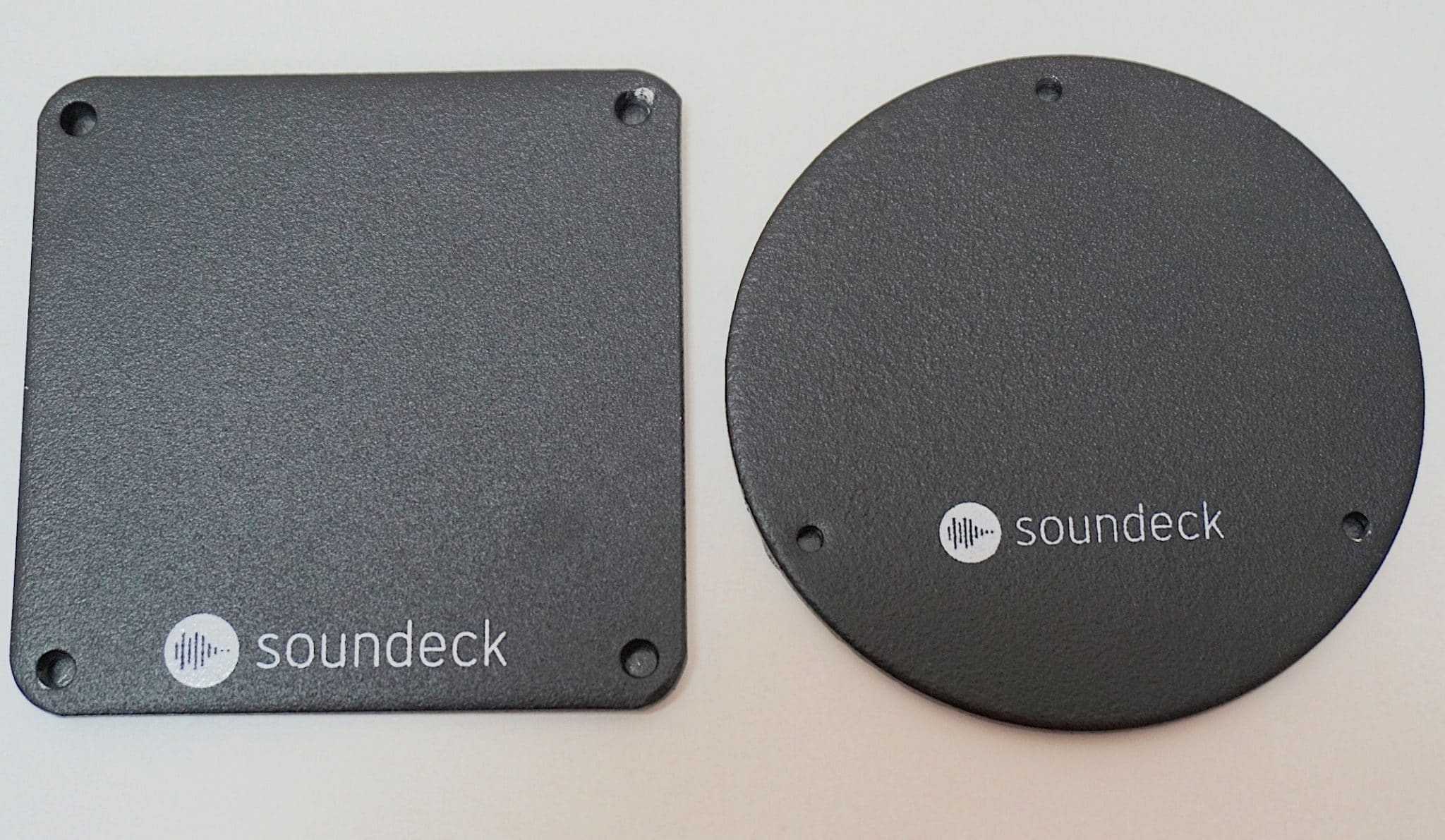
Looking to reduce vibration in and around your hi-fi components, Paul Rigby reviews Soundeck’s DF isolation feet
Vibration and various flavours of noise, produced by outside influences and by the hi-fi itself, can mask and/or damage detail in and around your hi-fi. There’s an entire toolkit of accessories that you can utilise to help you in this area but no one silver bullet that will tackle the lot.
Isolation products, in general terms, are important as one of those essential tools.
The UK outfit, Soundeck also recognises the benefits of isolation and has produced a series of hi-fi accessories to facilitate that. Here, I’ll be looking at the company’s isolation feet.
Soundeck is an interesting company because, first and foremost, its controlling parent outfit is not a hi-fi company at all. Soundeck is part of Sound Damped Steel, whose principle business is involved in sound damping for heavy industry from major transport engineering to oil pipes and much more. Award winning in their industrial field of expertise, the company has decided to apply itself to the hi-fi industry with these simple looking isolation mats.
If you picked one of these isolation feet up in your hands, you’d feel the weight of the item but you’d swear that you were merely handling a piece of metal. There’s more going on here, though.
Two plates of steel in the 75mm square and 80mm circular disks are bonded together with, “…a unique visco-elastic polymer. As the metal plates are agitated with vibrations, they flex. This movement stretches and contracts the microns in the polymer which generates heat. This energy transfer is where the noise goes,” said the company.
So why are these plates so darned thin? There is a reason, apparently. It’s, “…key to keep the polymer layer extremely thin. SDS viscoelastic materials are typically 80 microns thick. A thicker layer may not enhance damping.”
You’ll see little holes in the plates but they were inserted to assist the powder coating process and are not relevant in terms of sonic performance. They may prove useful to hang up on a hook when not in use though!
You don’t need to orientate the plates and you don’t have to worry about fitting them the right side up. The idea is that you slide them under your component’s feet or the component itself and forget about them. The plates do the rest.
That said, I was supplied with stick-on feet which I used and proved to add a touch of extra damping to the DF feet. The feet will also provide protection to delicate shelving surfaces (see image below).
Soundeck does offer advice in terms of fitting the DF plates, “Under sub woofers and speakers, most users prefer to use them with the original spikes removed…. try both ways to discover which you prefer. Under components, again try with and without the original component feet, the [plates] remove energy from the shelving and the components’ chassis. Valve amplifiers benefit greatly when placed on the damping feet.

“Spikes are often used as a solution as they help prevent vibrations being transmitted from one component to another but they don’t remove the energy. It remains in situ. Soundeck DF feet remove it, controlling and removing vibrational energy from both sides, converting to heat resonance from the component and the shelf/plinth its resting on.”
The company did say that if you require special size mounting plates or stands then you can email the company on [email protected] or telephone to discuss the project.
I used the circular plates during the review and for no particular reason. The square plates were just as effective. So do they improve sonics?
SOUND QUALITY
I began by drafting in my Rega Planar 1 and played a selection of tracks from Joy Division’s Still (Factory). With the DF feet in place there was a distinct drop in the noise floor which opened up the midrange, giving instruments room to manoeuvre. There seemed to be space existing around each instrument now, allowing you to hear more detail from each.
Hence, the drums had an organic and bouncy feel and the vocal delivery appeared to emerge from its own space. I was most impressed with Peter Hook’s bass guitar which now had a focused presentation. The Hook bass was a particularly groovy weapon of choice. It added portent and a measure of threat to the music that was essential in delivering grit to the performance. The Soundeck DF isolation feet provided a sense of precision to the guitar which brought the bass further into the mix, adding weight and forward motion to the music.
I then turned to orchestral instrumentals and Joe Harnell’s Moving On (Motown). Here the feet had a major effect. If only because of the complexity of the orchestra, the large amount of instruments and the layering that featured within the arrangement. Before the DF feet were installed, there was a melange of confused frequencies. Afterwards, was a real sense of calm and organisation from the array of competing players.
More than that, instruments offered an enhanced clarity through a transparent presentation. Percussion seemed freshly polished here while the shy trumpets eased forward to be picked up by the ear. The piano was honed and focused, adding a sense of resonance while a calming flow emanated from the rest of the guys.
I then moved the DF feet away from the Rega and to my valve phono amp, the Icon Audio PS3, playing Roxy Music’s Avalon. Which showed that turntables were not the only components to benefit from these isolation feet.
The reduction in noise floor added space into the midrange here. Reverb flowed freely and added atmosphere and air into the synth runs and lead guitar.
Secondary percussion was also focused now, adding layering to the arrangement and a richness to the music. Also, anyone who knows this track will be familiar with the female backing. Those voices were now smoother, emotive and realistic in terms of slight changes in vocal texture. Mainly because the reduction in noise revealed what was already there, the ear earlier found it difficult to pick up. Not now.
CONCLUSION
Easy to install, tough in terms of design and build and absolutely rock solid when in place because of their low height and broad span, the Soundeck DF isolation feet are effective in lowering noise and increasing sound quality, enhancing delicate details, adding air to any soundstage and revealing more information in and around your hi-fi. Highly recommended, they do the job and you can’t ask for more than that
SOUNDECK DF DAMPING ISOLATION FEET
Price: £52 – for a set of four
Tel: 0191 259 0700
Web: sounddampedsteel.com/hifi/
GOOD: small form factor, easy to use, value for money, low noise, overall sound quality
BAD: nothing
RATING: 8
REFERENCE
Origin Live Sovereign turntable
Origin Live Enterprise 12″ arm
Icon PS3 phono amplifier
Aesthetix Calypso pre-amp
Icon Audio MB845 Mk.II Monoblock Amplifiers
Blue Horizon Professional Rack System
Harmonic Resolution Systems Noise Reduction Components
Gutwire Consummate Grounding Cable
Air Audio AC-2K Balanced Transformer
All vinyl was cleaned using an Audio Desk’s Ultrasonic Pro Vinyl Cleaner

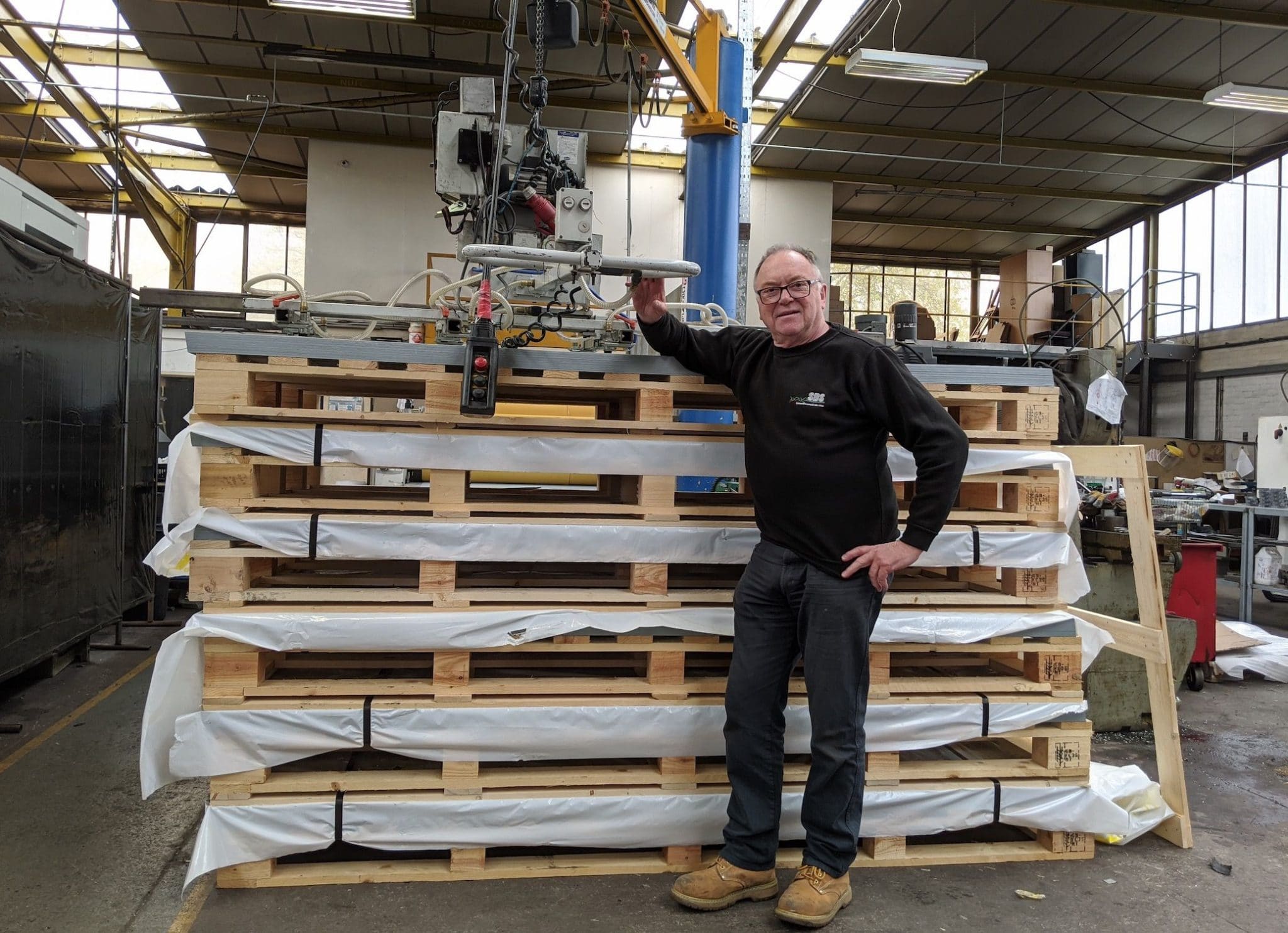
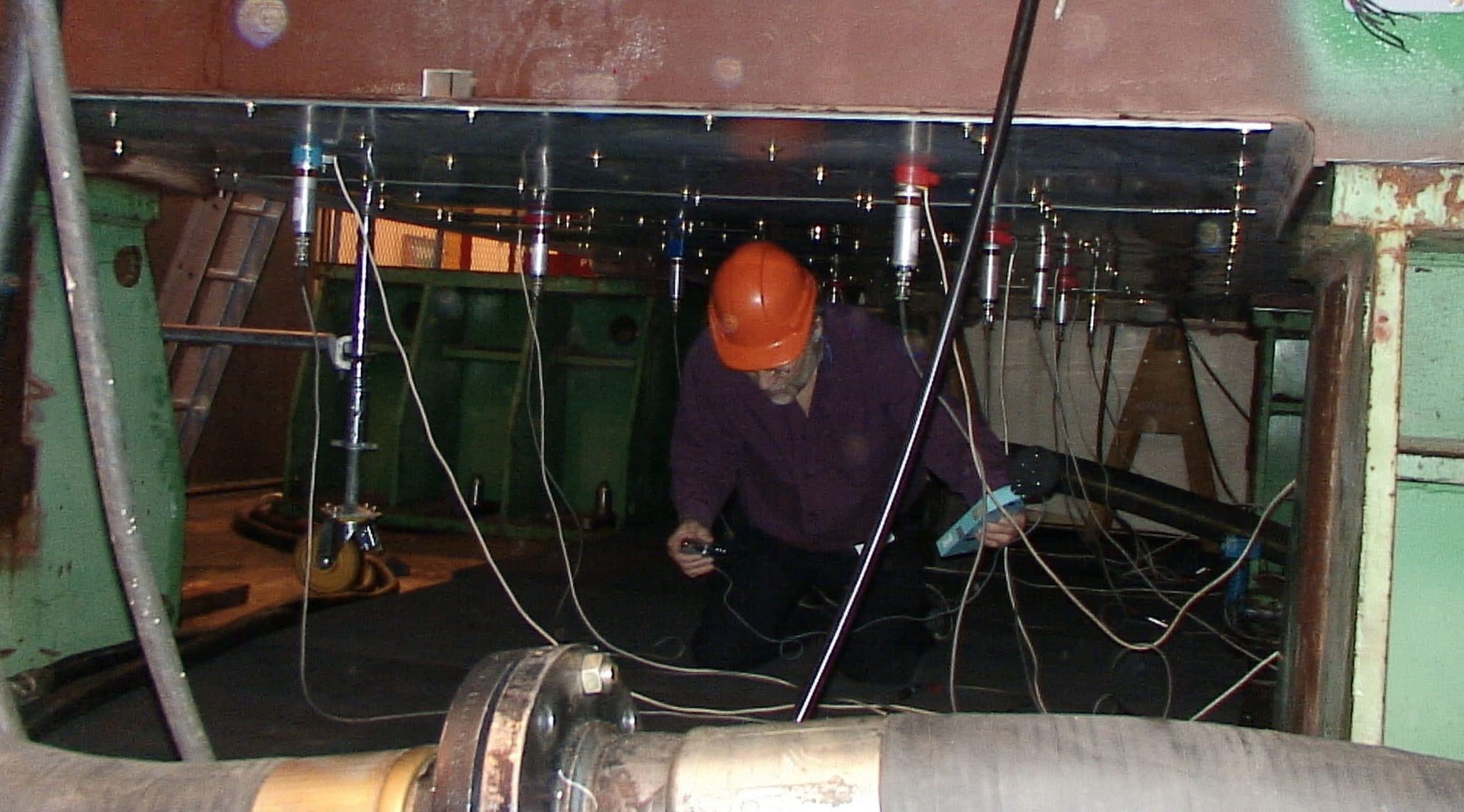
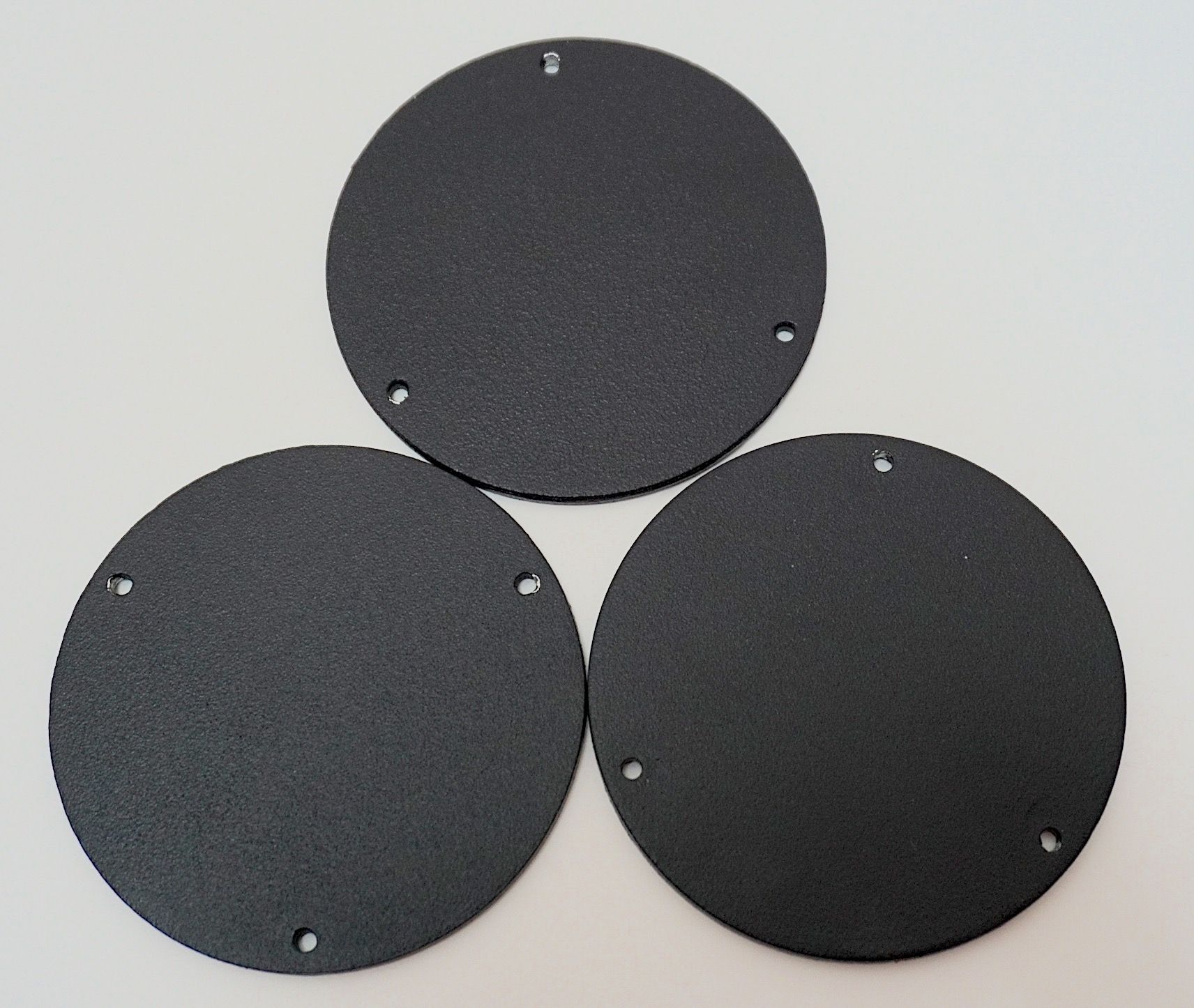
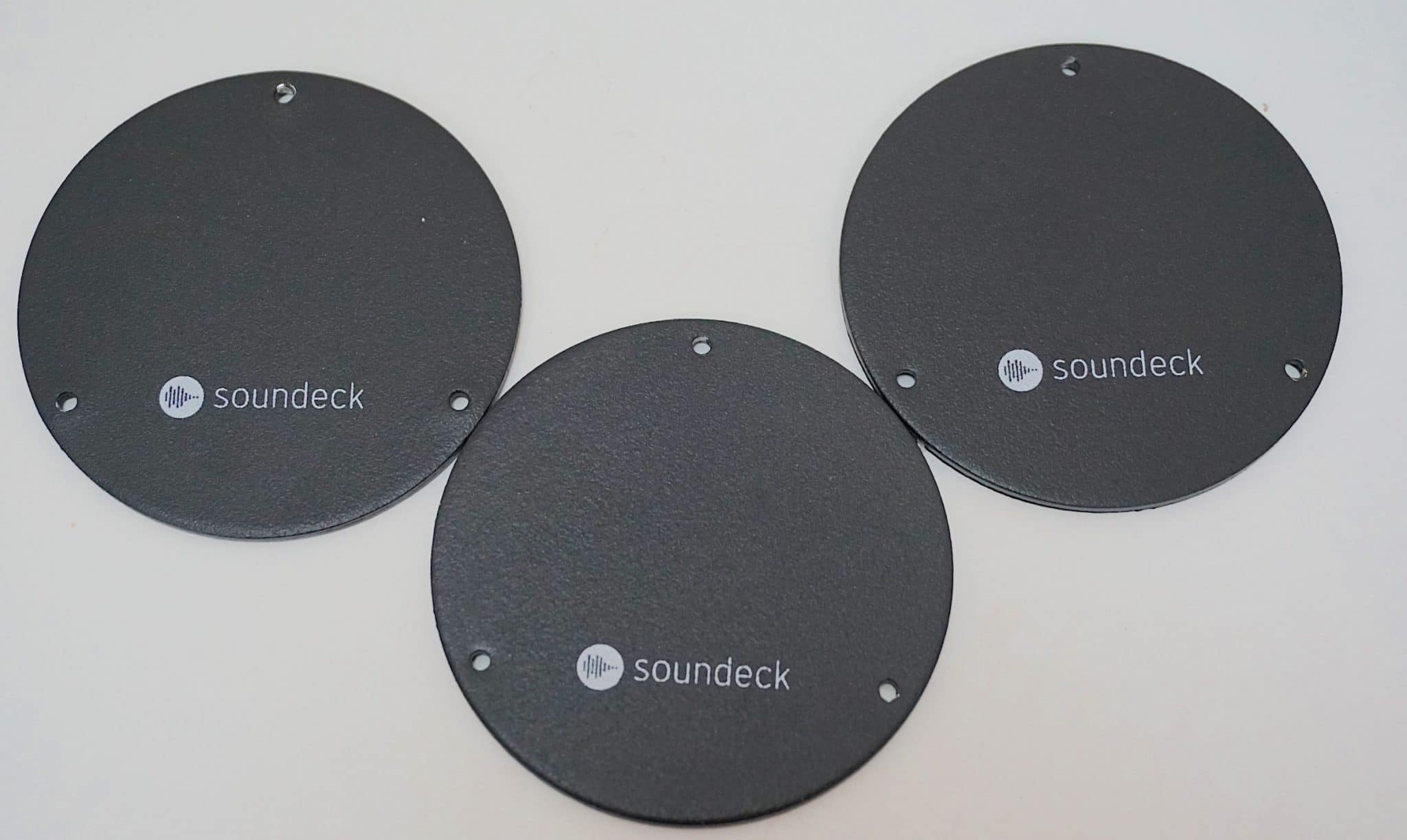
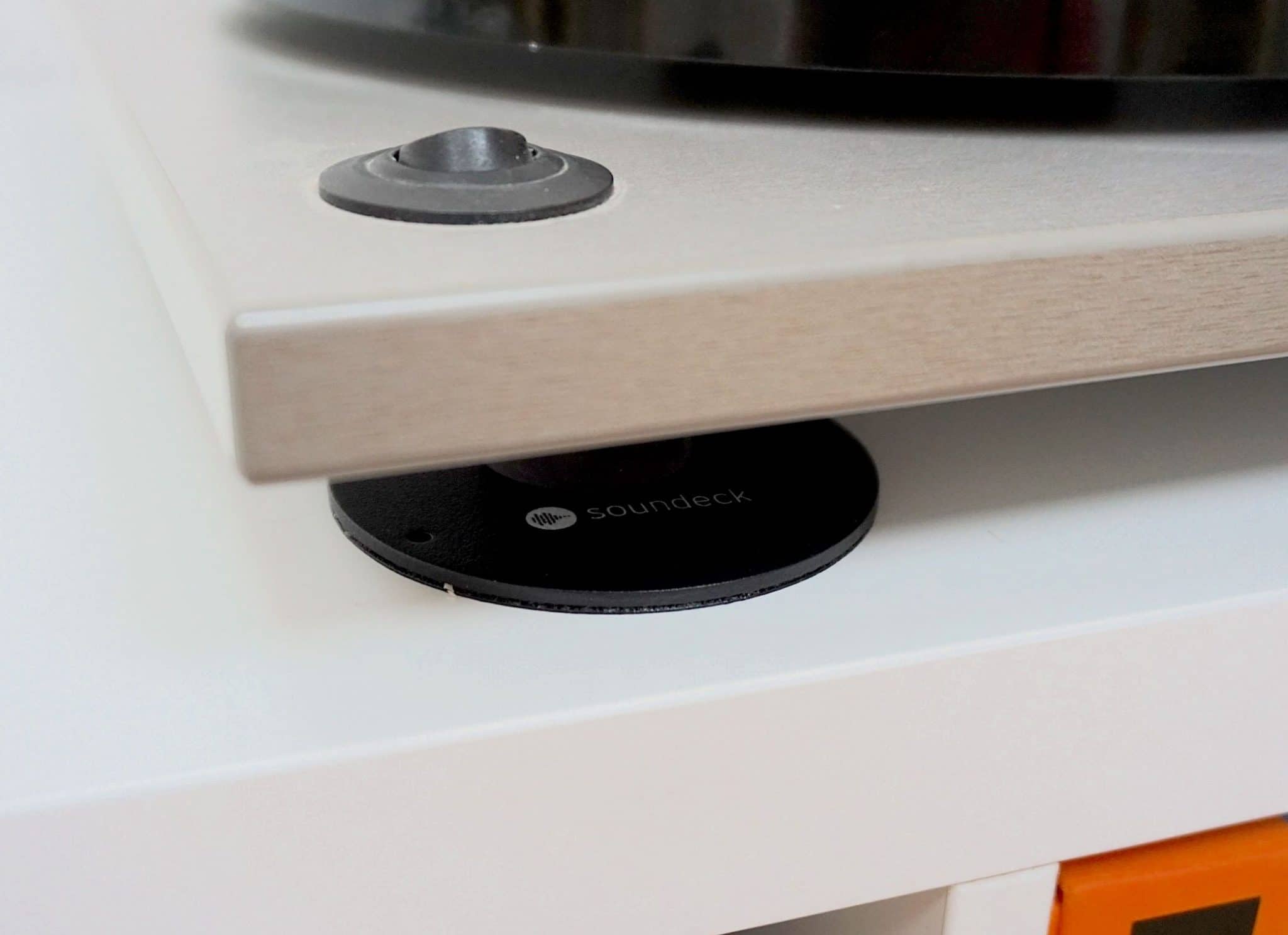
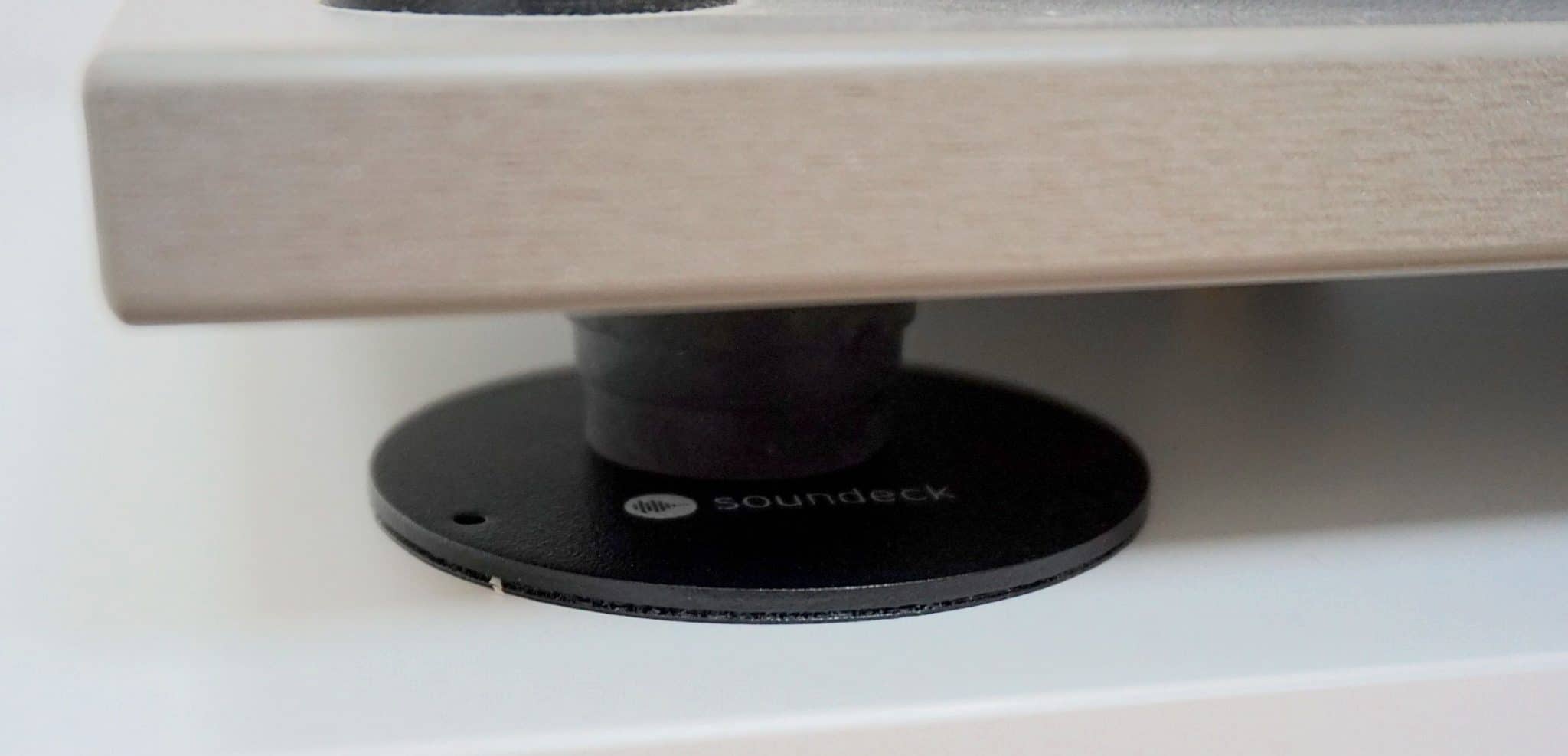
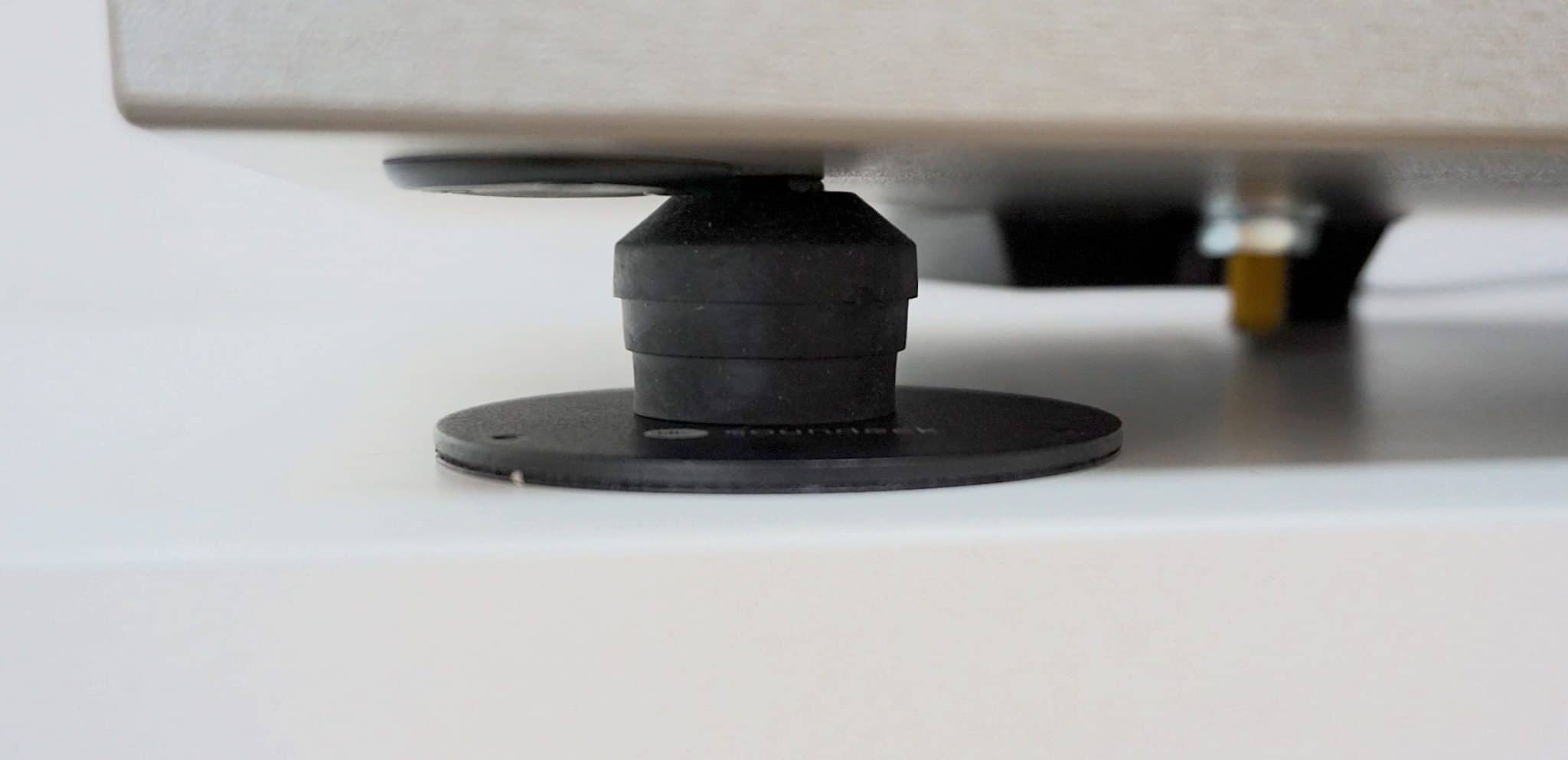
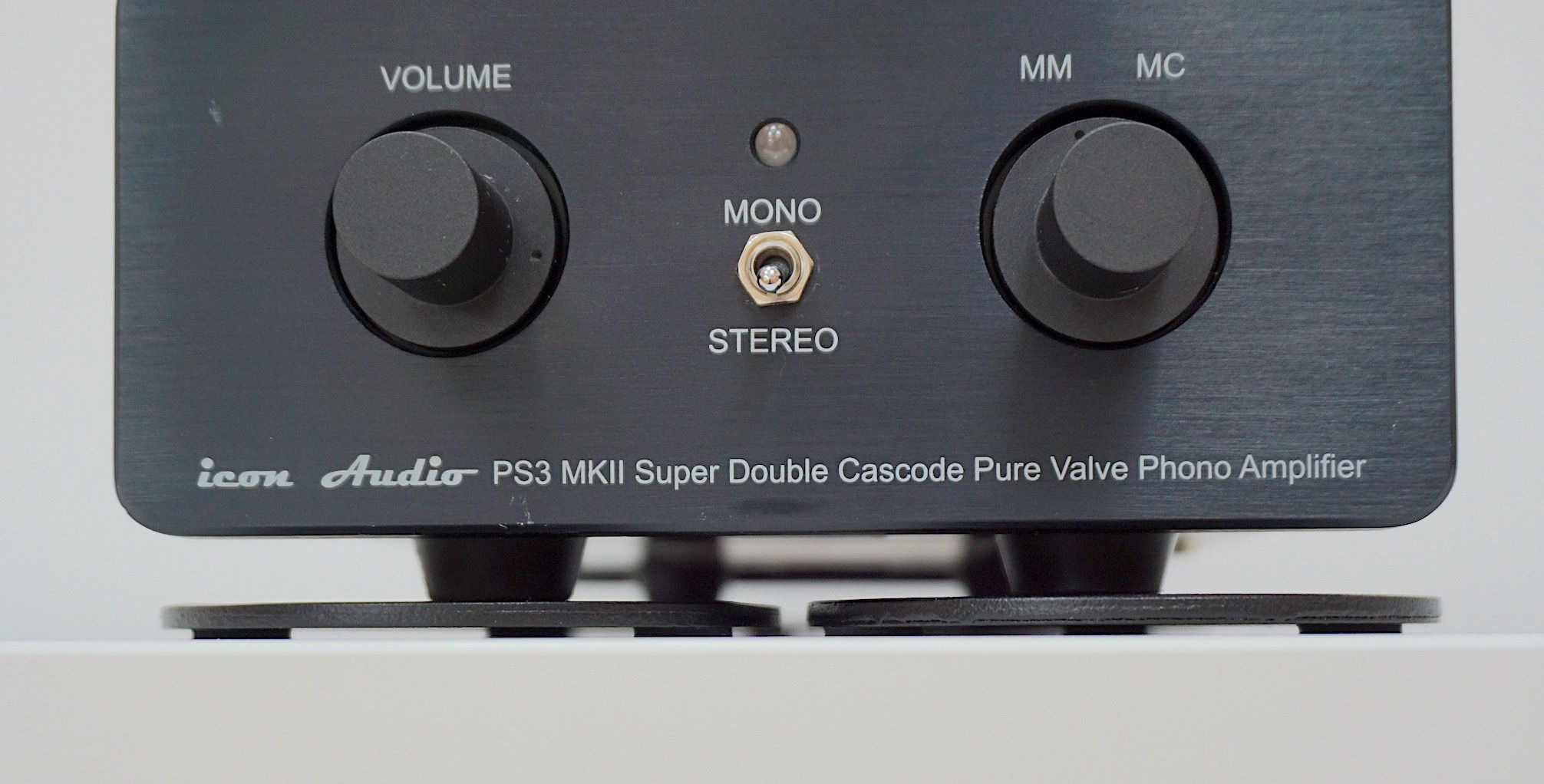
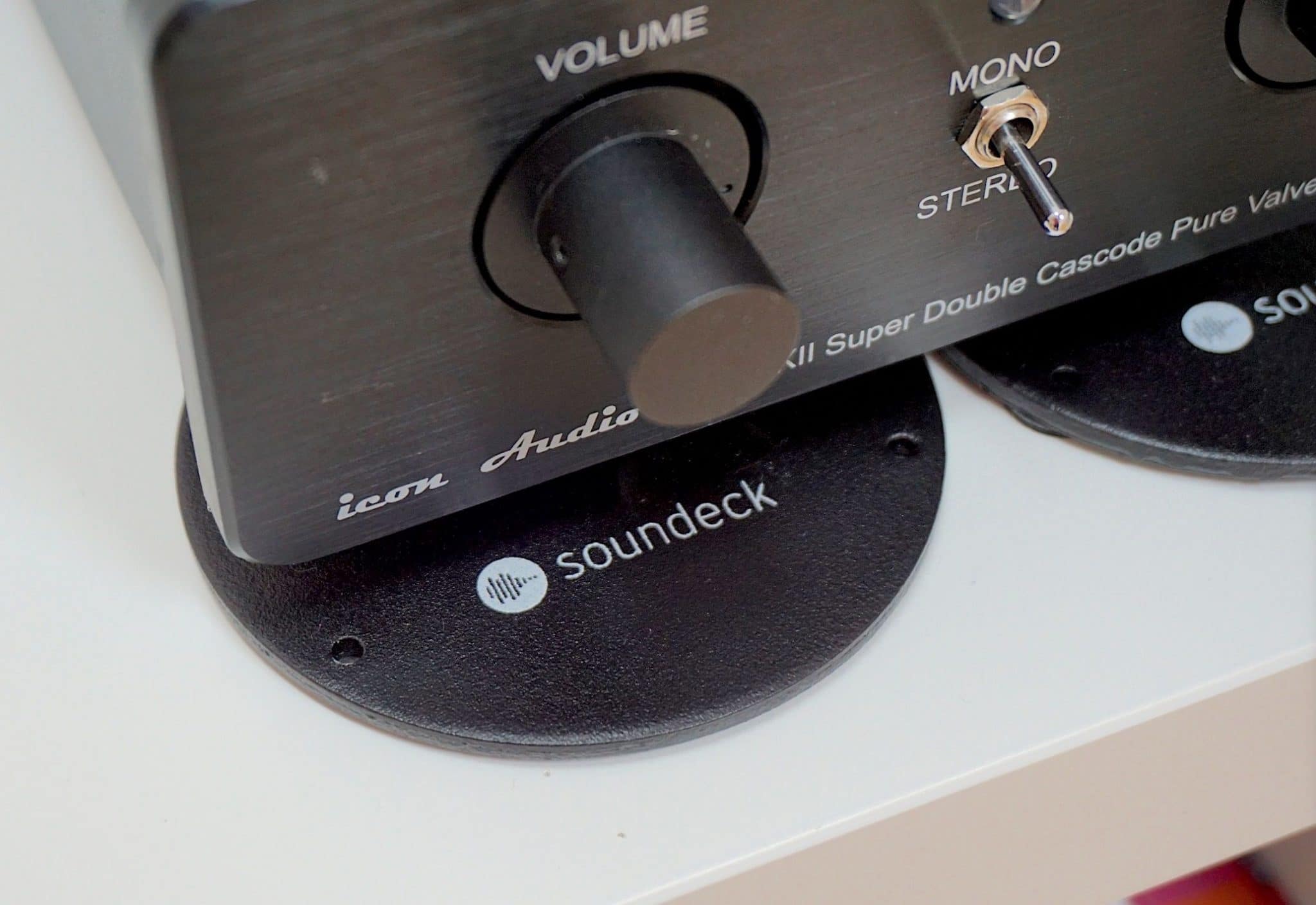



Good Morning!
Do you use the stick-on feet when testing the DF under the REGA? You mentioned in the article, but I can’t see them on the photo. Did you positioned them at the holes of the plates?
Thanks,
G√°bor
I should have made the feet more obvious in the images. You can see them in my side view, though. And yes, I used the feet during the majority of the tests. Yes, I put mine under the holes.
Hi , I have a modified michell gyrodec and decided to add a orbe platter . However I was not impressed. Read your article , rang up soundeck and bought some discs. üëçworked great and k√∑ping orbe platter now .
Glad I could be of help.